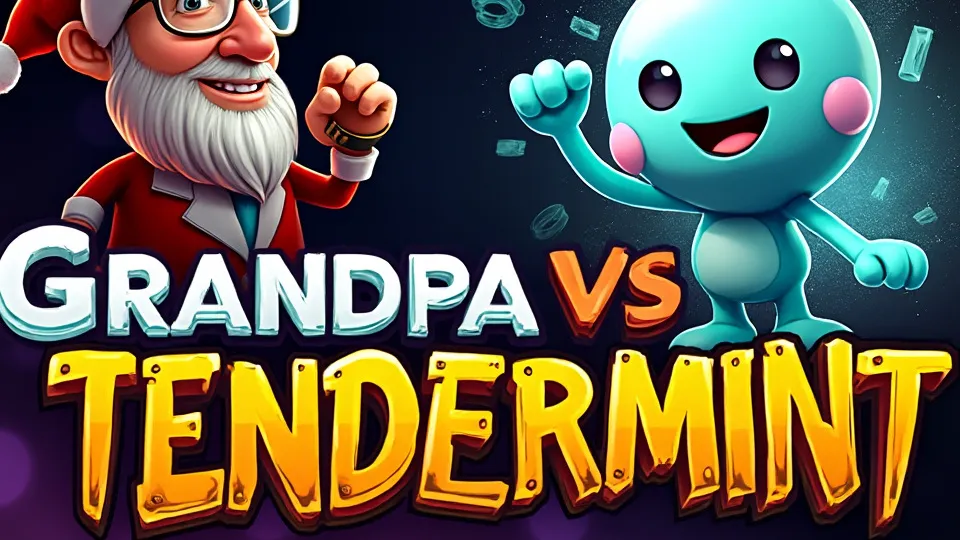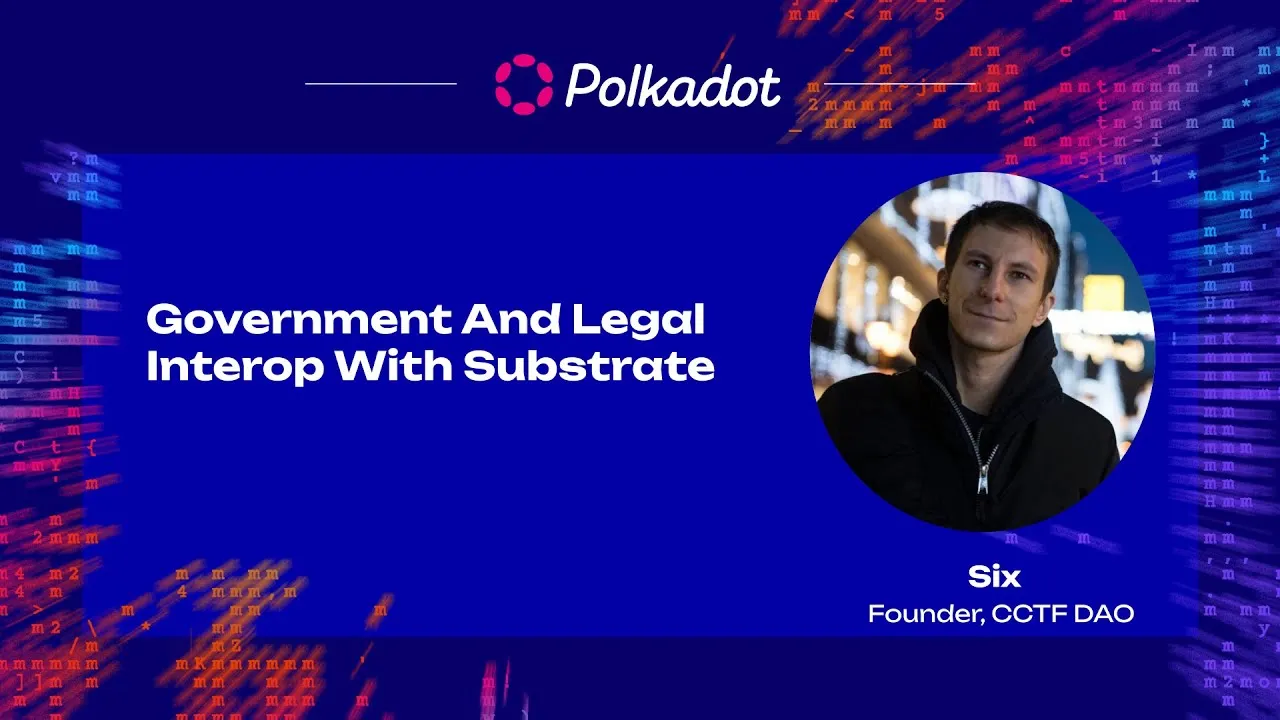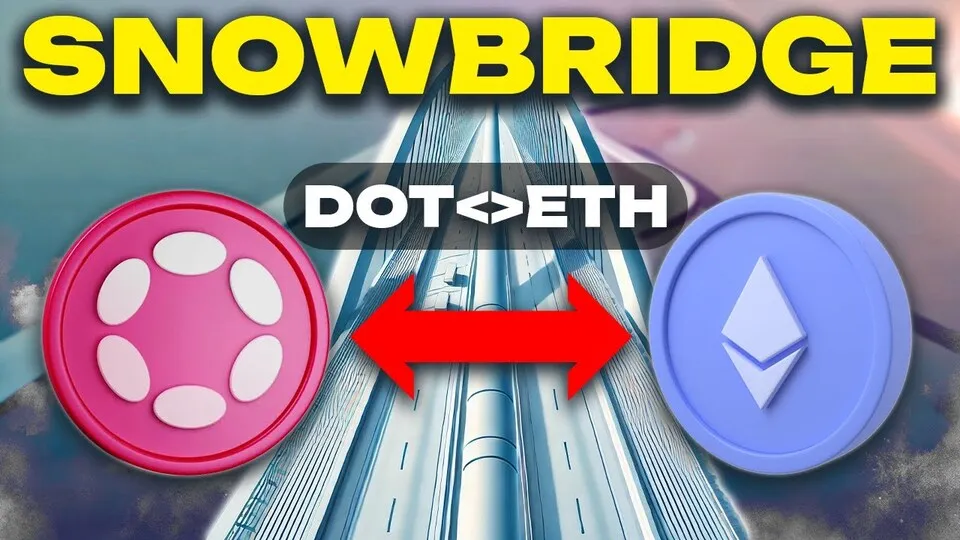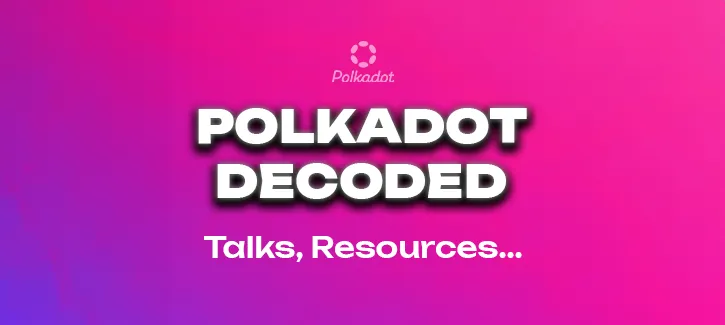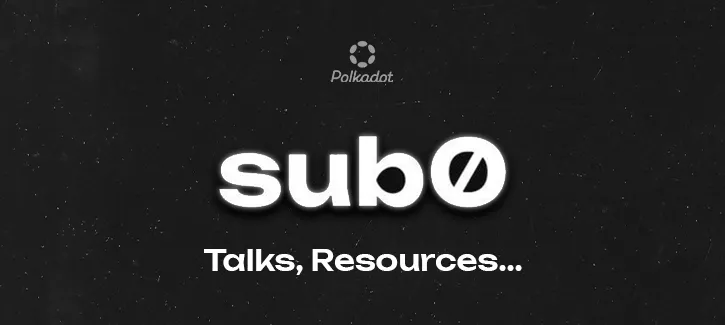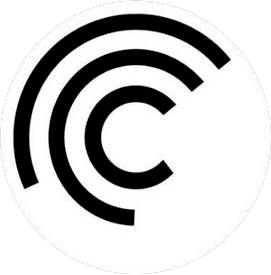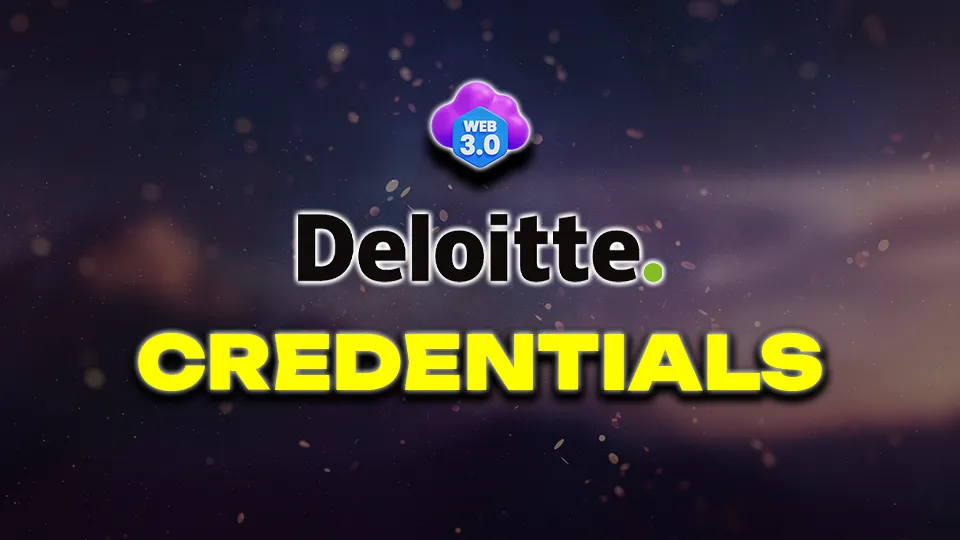

Ternoa
Ternoa is an advanced blockchain designed to address key challenges in the Web3 space related to security and privacy.
Ternoa: A Comprehensive Blockchain Protocol for Privacy and Security
Welcome to the Polkadot ecosystem projects directory. In this article, we will explore Ternoa, a multi-network and cross-layer protocol that leverages confidential computing technologies to enhance blockchain security, privacy, and scalability. This in-depth look will cover Ternoa’s architecture, its unique features, and why it stands out as a critical component of the Web3 landscape.
Overview of Ternoa. What is Ternoa?
Ternoa is an advanced blockchain protocol designed to address key challenges in the Web3 space, particularly those related to security and privacy. It combines distributed ledger technologies with confidential computing to create a robust environment for decentralized applications (dApps). Ternoa consists of three interconnected networks:
- Ternoa Chain: A Layer-1 blockchain built on Substrate, supporting smart contracts written in languages such as Rust, C, C++, and TypeScript. It allows developers to use pre-coded primitives via a JavaScript SDK.
- Ternoa Fortress: A decentralized coprocessor network powered by Trusted Execution Environments (TEEs), which functions as a key management system for encrypting off-chain data with on-chain keys.
- Ternoa zkEVM: A Layer-2 validium that uses TEE multi-proofs for enhanced security, providing an Ethereum Virtual Machine (EVM) equivalent environment for deploying Solidity smart contracts.
Ternoa Key Features and Benefits
1. Accessibility
- Developer-Friendly: Ternoa caters to both new and seasoned developers. New developers can use the JavaScript SDK to create blockchain applications without writing smart contracts, while experienced developers can deploy WASM smart contracts on Ternoa Chain using Rust, C, C++, or TypeScript. Solidity support will also be available soon.
- Web2 Transition: The platform is designed to bridge Web2 and Web3, making it suitable for corporations and organizations transitioning to blockchain technology.
2. Built-in Confidentiality
- TEE-Powered Security: Ternoa Fortress uses TEEs to secure off-chain data with on-chain encryption keys, allowing for the creation of private, trustless applications. This feature will also extend to Ternoa zkEVM upon its launch.
- Privacy Features: Developers can build applications that control access to confidential data without relying on third parties.
3. Robust Security
- Substrate Framework: Built on Substrate, Ternoa Chain benefits from the framework’s security features, including a thoroughly audited codebase and a Proof of Stake (PoS) consensus mechanism.
- Decentralization: The network is supported by hundreds of nodes and validators, ensuring decentralization and security. Ternoa’s architecture is also compatible with Polkadot’s network security.
- Enhanced Security with zkEVM: Ternoa zkEVM combines zero-knowledge proofs with TEE proofs for superior network security.
Ternoa Networks and Their Purposes
1. Ternoa Chain
- Purpose: Facilitates the onboarding of Web2 developers into Web3.
- Features: WASM deployment environment for smart contracts, pre-coded primitives accessible via JavaScript, and integration with Substrate.
2. Ternoa Fortress
- Purpose: Provides data privacy and decentralized security.
- Features: A TEE coprocessor network with native key management capabilities.
3. Ternoa zkEVM
- Purpose: Enhances zkEVM security with TEE proofs and makes the Ternoa ecosystem accessible from Ethereum.
- Features: A validium that offers an EVM equivalent environment secured by TEE multi-proofs.
Ternoa Use Cases
1. Data Privacy
- Time Guardian: An application ensuring data remains confidential and accessible only under predefined conditions.
- Hereditas: A secure platform for managing and transferring digital inheritance.
2. Marketplaces
- Secret Stash: A private-content marketplace utilizing Ternoa’s privacy features to protect user data.
3. Gaming
- Mafiafoot: A blockchain-based game leveraging Ternoa’s features for secure, decentralized gaming.
- Virtual Regatta: A virtual sailing game that uses Ternoa’s infrastructure to enhance player experience.
Roadmap
Completed
- Substrate Layer 1: Launched in 2022.
- Native NFT Features: Introduced in 2022.
- Ternoa Fortress: Deployed in 2023.
- Native Privacy Features: Enabled in 2023.
- WASM Smart Contracts: Available in 2024.
Planned
- zkEVM: Expected in 2024.
- TEE Prover: Development ongoing.
- EVM Ternoa Fortress: Integration planned.
Technical Deep Dive: Ternoa Chain
1. Substrate Integration
- Ternoa is built on the Substrate framework, providing natural interoperability with the Polkadot ecosystem. It aims to become a Polkadot parachain, leveraging Polkadot’s security and cross-chain communication capabilities.
2. Delegated Proof of Stake (NPoS)
- Ternoa uses Nominated Proof of Stake (NPoS) to ensure secure and decentralized block production and validation. Validators and nominators collaborate to maintain network security and integrity.
3. Hybrid Consensus Mechanism
- Ternoa employs a hybrid consensus mechanism combining BABE (Blind Assignment for Blockchain Extension) for block production and GRANDPA (GHOST-based Recursive ANcestor Deriving Prefix Agreement) for finality. This approach ensures rapid block production and robust finality.
Ternoa Governance
1. On-Chain Governance
- Ternoa’s governance model involves active participation from token holders and a council. Proposals for network changes undergo a referendum process where stakeholders vote based on their staked tokens.
- Council: Comprises members responsible for proposing, approving, or rejecting changes.
- Referenda: Stake-based voting ensures that decisions reflect the community’s interests.
2. Voting and Proposals
- Proposals can be submitted by the public or the council. They undergo a voting process where token holders lock their tokens for a specified period to participate in the decision-making.
Ternoa Fortress: Ensuring Data Privacy
1. Trusted Execution Environments (TEEs)
- TEEs provide a secure environment for code execution, isolating it from the main operating system. This ensures that data remains confidential and secure.
2. Key Management
- Ternoa uses a decentralized key management system to protect against unauthorized access. Secret shares are distributed across multiple TEEs, ensuring no single point of failure.
3. Security Measures
- Various mechanisms such as Shamir’s secret sharing, remote attestation, and secure communication protocols protect against common attack vectors like MITM attacks, replay attacks, and unauthorized access.
Conclusion
Ternoa is a groundbreaking protocol in the Polkadot ecosystem, offering a secure, private, and scalable environment for dApp development. Its multi-network architecture, built-in confidentiality features, and robust security mechanisms make it an ideal platform for developers looking to create the next generation of decentralized applications. By addressing key challenges in Web3, Ternoa is poised to play a pivotal role in the future of blockchain technology.
- Related Token/s: CAPS
Ternoa project details:
- Legal Entity: Capsule Corp. Labs.
 Ternoa Official RSS
Ternoa Official RSS
- Why Our zkEVM Layer 2 Stands Out November 25, 2024
- Say Hello to Ternoa Integrity Proof! October 24, 2024
- Ternoa launches Testnet of zkEVM+, built with Polygon CDK, bringing in anti-censorship, integrity… June 17, 2024
- Ternoa Fortress: DKMS (Intro) May 9, 2024
- Getting started with the Ternoa SDK — easiest way to mint, query, and sell NFTs. April 18, 2024
- Ternoa Labs and Huawei Cloud partner up to bring web3 infrastructures to the next stage March 22, 2024
- Anurag Arjun, Polygon’s ex-co founder and Avail’s co founder, joins Ternoa as Strategic Advisor March 13, 2024
- Securing off-chain services February 28, 2024
- Highly secured Ethereum scaling: Ternoa and Avail partners to build zkEVM multi-proof layer 2… February 13, 2024
- Road to 1000 Nodes: $150K incentive program ! February 9, 2024

